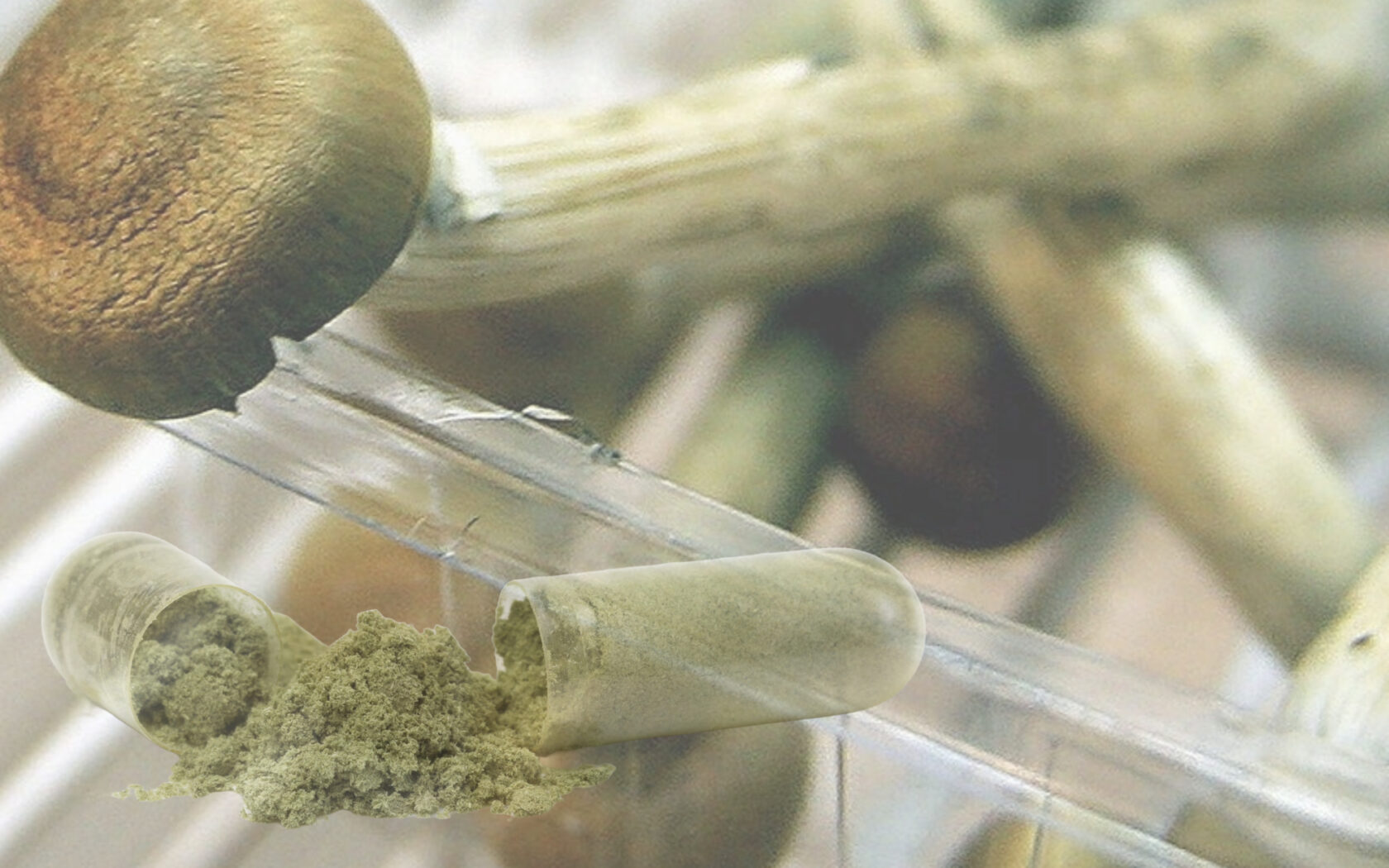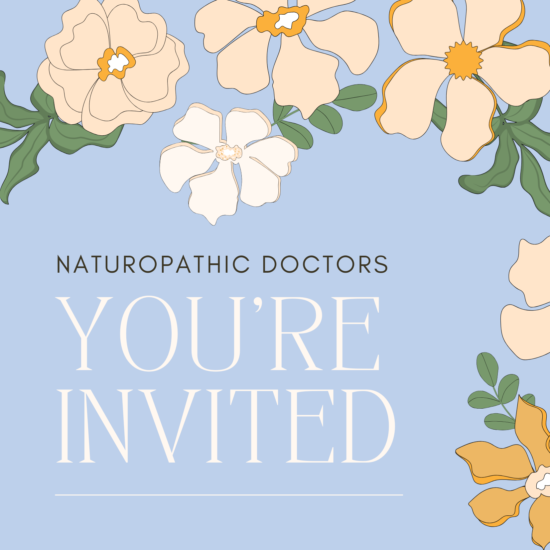Natural vs. Synthetic Psilocybin: What's the Difference?
Psilocybin is the main psychedelic chemical found in "magic mushrooms." It's drawing significant attention from scientists and mental health professionals for its potential to treat conditions like depression, anxiety, PTSD, and addiction.
But not all psilocybin is the same—some come directly from mushrooms, while other versions are manufactured in laboratories. Understanding the difference between natural and synthetic psilocybin is vital if you're exploring its use for wellness or therapy.
1. What Is Psilocybin?
Psilocybin is a natural substance found in more than 200 types of mushrooms. Once inside the body, it turns into another compound called psilocin, which affects serotonin—a chemical in the brain that influences mood and thoughts. Proper usage can lead to deep emotional and mental experiences, which researchers believe may help people manage mental health conditions.
Today, psilocybin is available in two primary forms:
- Natural psilocybin: Taken directly from mushrooms, either whole or as an extract.
- Synthetic psilocybin: Manufactured in labs to mimic the chemical structure of the natural version.
2. Natural Psilocybin: More Than Just One Ingredient
Natural psilocybin comes from mushrooms and is more than a single chemical. In addition to psilocybin, these mushrooms contain other active compounds like psilocin, baeocystin, and norbaeocystin.

Together, these substances can create a combined effect often called the "entourage effect," where the mix of compounds works together for possibly better results.
Benefits of Natural Psilocybin:
- Improved Brain Flexibility: Natural mushroom extracts have been shown to support neuroplasticity—the brain's ability to make new connections. This is helpful for healing from conditions like PTSD or chronic depression.
- Deeper Psychedelic Journeys: Users often describe natural mushroom trips as more emotional, colorful, and meaningful.
- Cultural Significance: Whole mushrooms have been used in Indigenous healing traditions for centuries.
Challenges:
- Inconsistent Potency: The strength of natural mushrooms can vary based on where and how they're grown unless they are carefully standardized through modern techniques.
- Environmental Demands: Growing mushrooms on a large scale takes up land and resources, which can limit sustainability.
3. Synthetic Psilocybin: Precision in a Pill
Synthetic psilocybin is made in labs by replicating the molecular structure of the natural compound. It's the type most often used in scientific studies and clinical trials because it offers consistency and control.
Benefits of Synthetic Psilocybin:
Accurate Dosing: Each dose is identical, which lowers risks and helps doctors know the exact dosage of what patients are taking.

- Easier to Scale: Since no farming is involved, synthetic production can meet growing demand without needing large amounts of land or water.
- Customizable Effects: Scientists can make slight changes to reduce side effects or adjust how strong the trip is.
Challenges:
- Lacks Other Compounds: Synthetic versions contain only psilocybin, missing out on the entourage effect of natural mushrooms.
- Pollution Risks: Traditional lab production often uses chemicals like benzene, which come from crude oil and can be harmful to the environment.
4. Why It Matters for Mental Health
When it comes to therapy, the type of psilocybin used can impact results. Clinical studies often stick with synthetic psilocybin because getting approved and measured is easier. However, some researchers and therapists believe natural psilocybin may lead to better emotional breakthroughs and longer-lasting benefits due to its full-spectrum makeup.
New technologies allow companies to extract natural psilocybin consistently, possibly making it more accepted in medical settings. At the same time, innovations in synthetic production—like fermentation with yeast—may help reduce the environmental harm from traditional lab processes.
5. Looking Ahead: A Blended Future?
The future of psilocybin likely won't come down to choosing either natural or synthetic—it may involve a mix of both.
New Trends Include:
- Standardized Natural Extracts: Advanced extraction methods allow consistent dosing from whole mushrooms, blending tradition with science.
- Eco-Friendly Lab Production: Some companies are developing ways to produce synthetic psilocybin using biological fermentation, which is cleaner than chemical methods.
- Personalized Treatments: Eventually, doctors may match the type of psilocybin to each patient's needs—using natural for emotional healing and synthetic for highly controlled therapy.
6. FAQs
Q: Is natural psilocybin safer than synthetic?
A: Not always. Natural mushrooms can carry mold, bacteria, or other harmful substances if not handled properly. Synthetic versions are made in sterile labs but lack the complex mix of compounds in mushrooms. Lab-tested products—whether natural or synthetic—are the safest.
Q: Why don't most medical trials use natural psilocybin?
A: Regulators prefer simple, single-compound drugs, which makes synthetic versions easier to approve. However, this may change as natural extracts become more consistent through modern technology.
Q: Can synthetic versions recreate the entourage effect?
A: Not exactly. Since synthetic psilocybin includes only one compound, it doesn't naturally contain the supporting molecules found in mushrooms. Some scientists are trying to recreate this effect by blending synthetic versions with other lab-made compounds, but it's still early.
Key Takeaways
Both natural and synthetic psilocybin offer unique benefits. Natural psilocybin provides a rich, emotionally deep experience connected to traditional use and multiple active ingredients. Synthetic psilocybin, on the other hand, offers precision, safety, and easier access for medical trials.
As research continues, both types will likely play a role in future treatments. The best choice may come down to individual needs—some people may prefer the holistic effects of natural psilocybin. In contrast, others might benefit more from the control and consistency of synthetic options.




